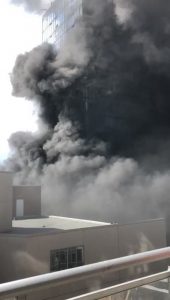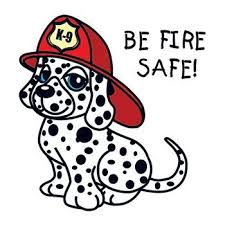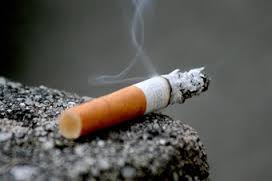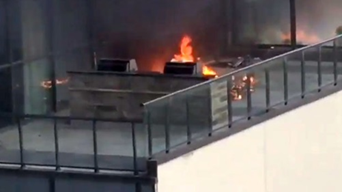 June 2020
June 2020
One consequence of pandemic measures is more high-rise building fires.
This is likely to remain a more common occurrence for the foreseeable future as more people spend more time at home, have less income and re-learn how to prepare food. These are skills some have abandoned, and others never learned, as restaurants and food delivery replaced home preparation.
The number of reported fires in Toronto and surrounding regions have increased since implementation of pandemic measures. The increase was 17 percent in Toronto over the first few weeks since measures were imposed. Fire-related fatalities have increased 75 percent.

One was a three-alarm fire at Post House Condos; a 22-storey downtown condo building on George St. between Adelaide and Richmond St. E. Windows were blown out and residents forced to evacuate. The fire included an explosion and thick black smoke.
The primary cause of residential fires is unattended cooking which accounts for 32 percent of fires in Toronto so far in 2020, followed by smoking at 20 percent. About a third of all fires are caused by the simple act of flicking lit cigarette butts off a balcony. Other causes include overheating of appliances such as washing machines and hot water heaters, and dryer vents filled with lint and grease.
One of the problems is that people are less adept at multi-tasking than they realize. Distraction becomes both a problem and danger. They answer the phone, forget about that frying pan on the stove, and a fire ignites. Something sits in the oven too long and not only overcooks but bursts into flame. They do laundry but don’t seem to find time for cleaning the lint trap. These are important things that, when forgotten, lead to fires, building evacuations and death.
 Fire chiefs are asking people not to leave cooking unattended, and ensure cigarettes are properly extinguished. A related issue is teaching people the dangers of stoves many have barely used. Communities can minimize the risk of fire by ensuring ducts are cleaned and less likely to ignite lint, grease or dirt from heat.
Fire chiefs are asking people not to leave cooking unattended, and ensure cigarettes are properly extinguished. A related issue is teaching people the dangers of stoves many have barely used. Communities can minimize the risk of fire by ensuring ducts are cleaned and less likely to ignite lint, grease or dirt from heat.







